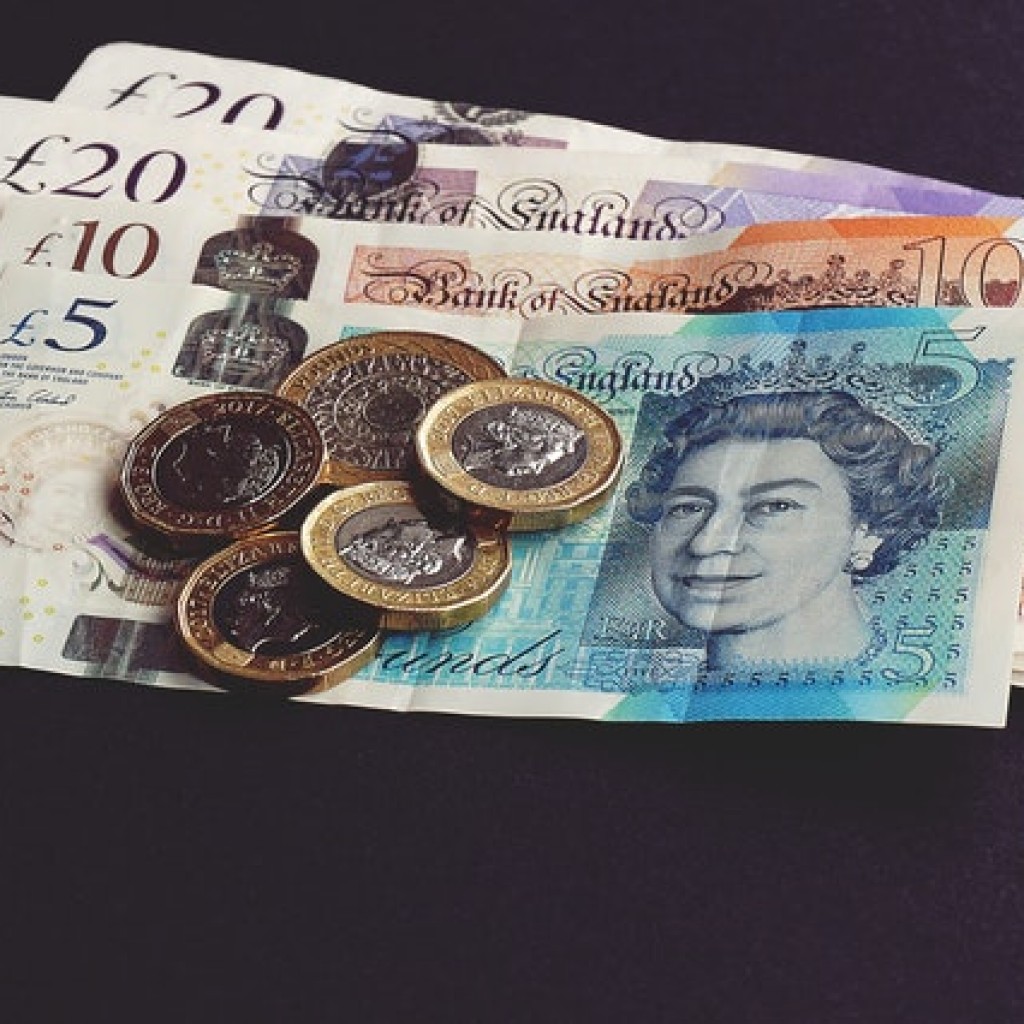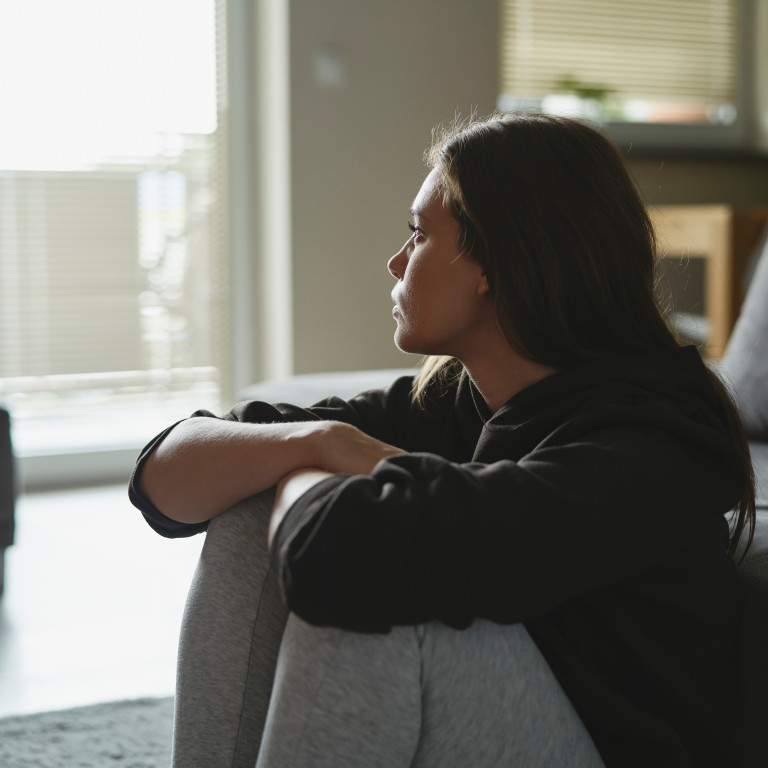Often a pension can be a valuable asset to take into account, particularly when one spouse is contributing a lot more into their pension fund. Irrespective of who the pension belongs to, it is still a marital asset and will be treated as any other asset would be, and it must be considered in divorce proceedings.
The Court will look at providing for the family and evaluate what resources are available to all parties to ensure their future financially.
The Court will not only look at your private pensions, but also State Second Pension. The basic rate State Pension will not be effected. If the Court orders that the pension is to be shared. This could be based on equality of fund values or benefits.
Courts vary in the approach they take, but the following orders can be used:
Pension Sharing Order – You may be awarded a share of one of more pensions held in the name of the other party.
Deferred Pension Sharing – As above, however the pension will be held to be shared at a later date.
Deferred Lump Sum Payment – This is where one party receives a lump sum payment from the other party’s pension when they retire.
Pension Offsetting – This involves the pension being viewed as an overall matrimonial asset and therefore it is possible for one spouse to receive a larger pension share but a smaller share of other assets.
Attachment Order – The Court can order the pension provider to pay a sum of the pension payments or a lump sum payment from one spouse to another once they are in receipt of payments.
Pensions are particularly complex, especially when you’re getting divorced and therefore it is essential to seek advice from an Independent Financial Advisor. Caroline Ryan is a Consultant Solicitor at Tozers LLP, she specialises in dealing with finances on divorce and in particular has expertise in dealing with pensions to include public sector pensions such as Armed Forces, Police, Fire Service, Teachers and Local Government.






